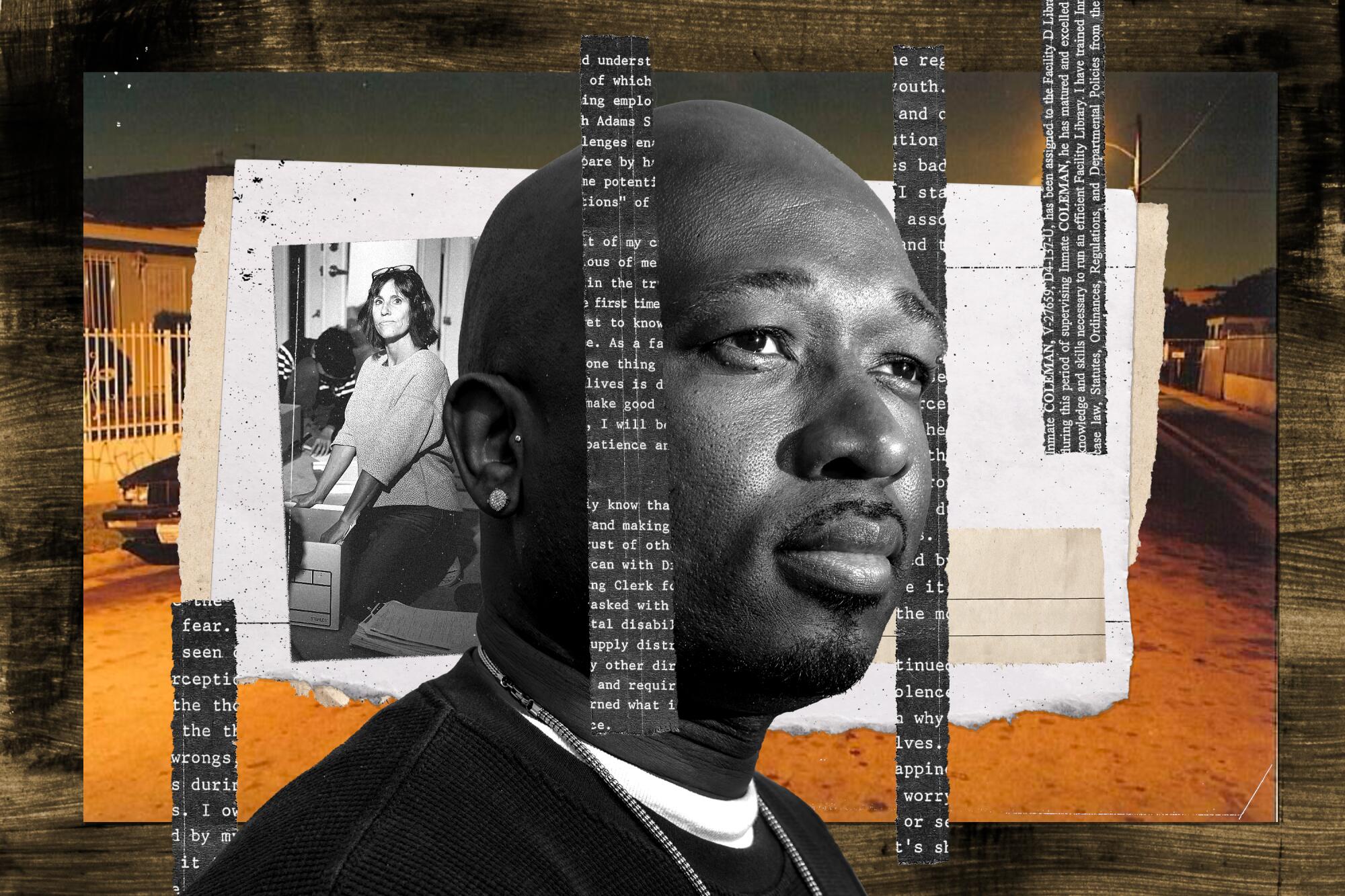
When the COVID shutdown began, Jessica Jacobs Dirschel, a mother of four in Topanga Canyon, was one of the many millions of people who staved off boredom by binging on Netflix.
Five hours into a documentary series about wrongful convictions, Dirschel hit pause and Googled the phone number of an attorney on the show who worked on exoneration cases.
When the lawyer answered, Dirschel said, “I want to help.”
Jofama Coleman had served 14 years of a life sentence for murder when the pandemic lockdown came to the state prison in Corcoran, Calif. Almost every day behind bars, he had taken some step to try to prove his innocence, researching case law, drafting court filings and writing letter after letter asking innocence groups and appellate lawyers to review his case.
“The vast majority of people just don’t believe you,” he said. As the years went by, he said, “I gave up the idea that someone out there would actually do what was necessary to help.”
Yet, as he lay quarantined in his bunk, cut off from the law library, Coleman knew that without someone on the outside, he would never leave prison.
It was, he thought, “kind of an impossible situation.”
Ellen Eggers answered the phone in her Sacramento home in March 2020 and heard an unfamiliar, high-pitched voice, swollen with emotion, telling her what a great lawyer she was.
Then 68, Eggers had spent the years since her retirement from the state public defender’s office working on exoneration cases without charge at her dining room table.
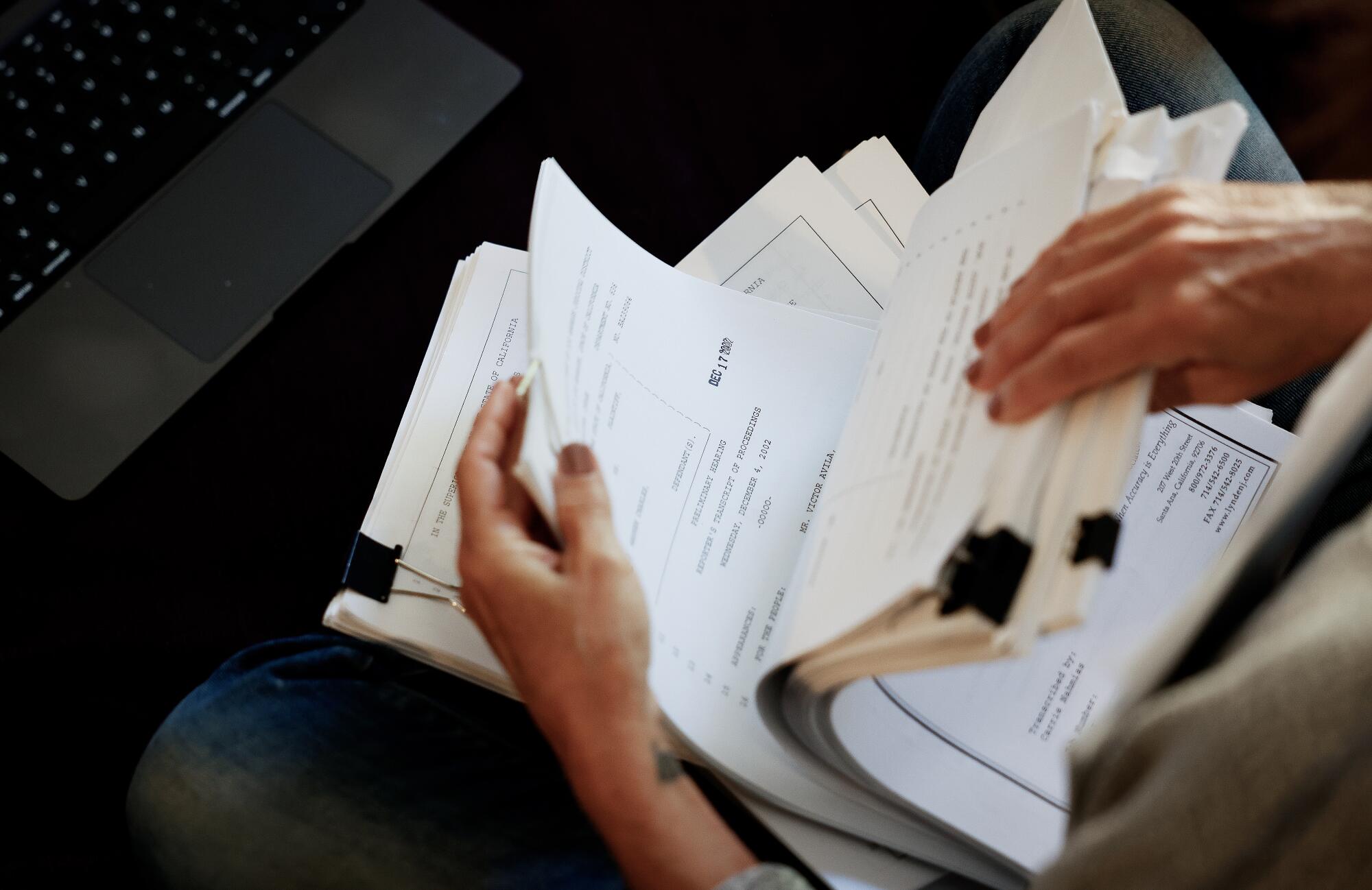
“It’s the best thing that a lawyer can do with their bar license: to get an innocent guy out of prison,” she had said in the Netflix series “The Innocence Files,” clenching her fist while her eyes welled with tears.
Her passion seemed to leap up from Dirschel’s laptop screen. She thought, I want to know her.
When she got Eggers on the phone, Dirschel said she was willing to do anything — absolutely anything — to assist. Eggers heard the words, but after decades in the criminal justice system, she couldn’t quite make sense of them.
“I don’t have people [calling] like that. People who want to help,” she recalled.
Eggers assumed Dirschel had a husband or brother locked up.
No, Dirschel told her. She didn’t know anyone in prison.
Was she some sort of attorney, Eggers wondered.
“I’m a teacher,” Dirschel told her. “In Topanga.”
Coleman’s ex-wife was watching Netflix that spring too. Evelyn Medina knew Coleman was not guilty of the drive-by shooting in South Los Angeles in 2003 that had landed him in prison, because she had been with him in his green Toyota Camry that night.
The jury hadn’t believed her story, and their marriage fell apart with him in prison. But they had a daughter together and stayed in touch.
Medina had sent Eggers’ name to Coleman, but he sat on it awhile, doubting he could endure another disappointment. Eventually he wrote a letter.
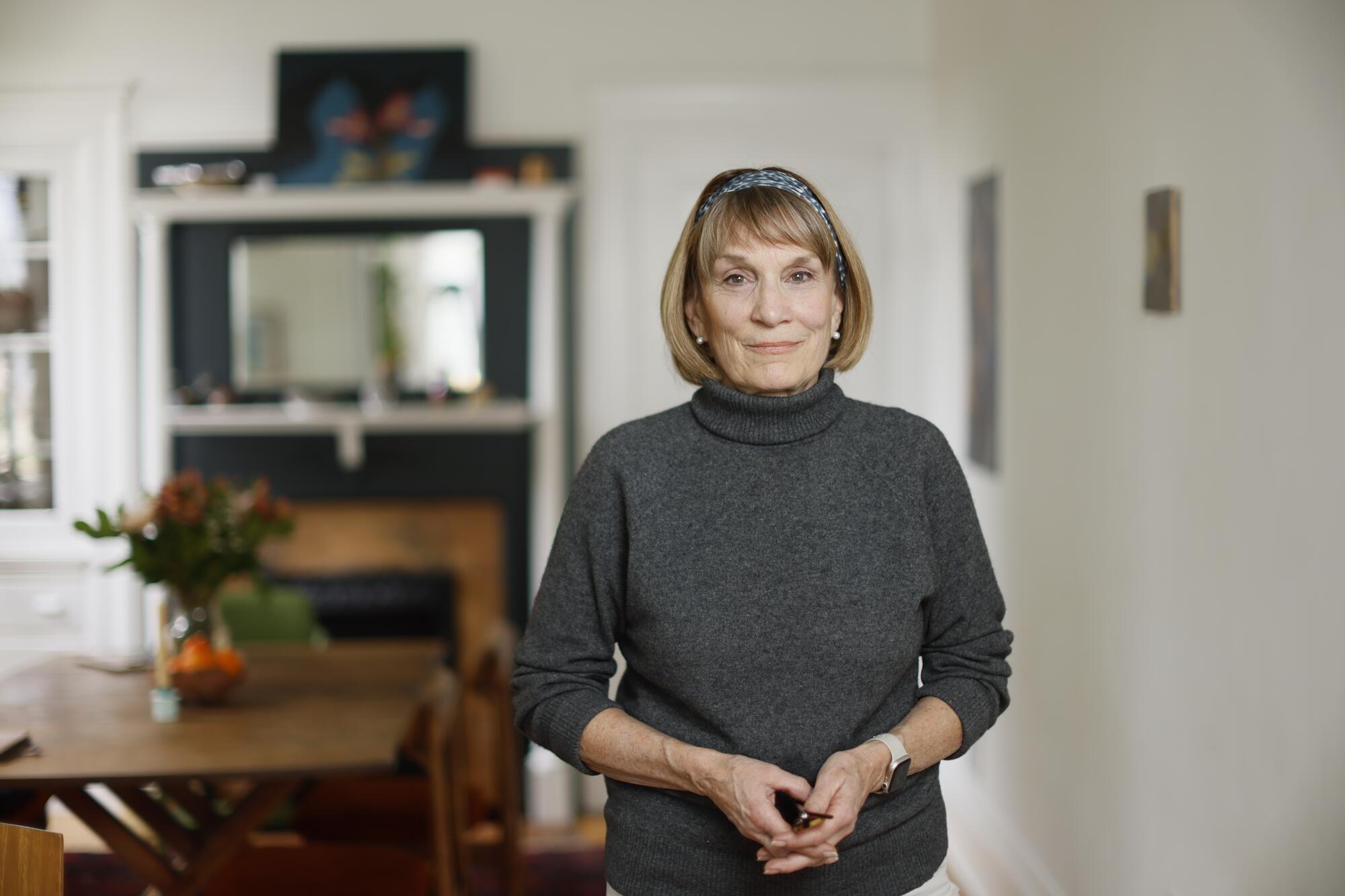
Eggers was swamped with two big cases — both would end in exonerations — and did not have time to answer all the inmate mail she got. She scanned Coleman’s letter and set it aside.
Sometime later, Deandre Coleman called Eggers about his brother’s case. A year younger, Deandre considered Jofama his best friend. Watching him languish behind bars for something he didn’t do had become its own sort of prison.
“What he was going through, I was going through,” he said.
He begged Eggers to take his brother’s case. She was tough, having spent years representing death row inmates, but also empathetic, and his pleading touched her. Still, she didn’t have the bandwidth to take on another case.
What she did have, she realized, was one very willing volunteer.
Dirschel was, in many ways, a familiar California type. She grew up in Marin, went to college in Humboldt and, at 45, was raising her family in a hillside home with a backyard yurt in Topanga.
She was a vegetarian, of course, and skeptical of Western medicine. Single-use plastic kept her up at night, and she embraced the buy-nothing movement. She was such a hippie, she said quoting an internet meme, that she found eating at McDonald’s more embarrassing than eating her placenta.
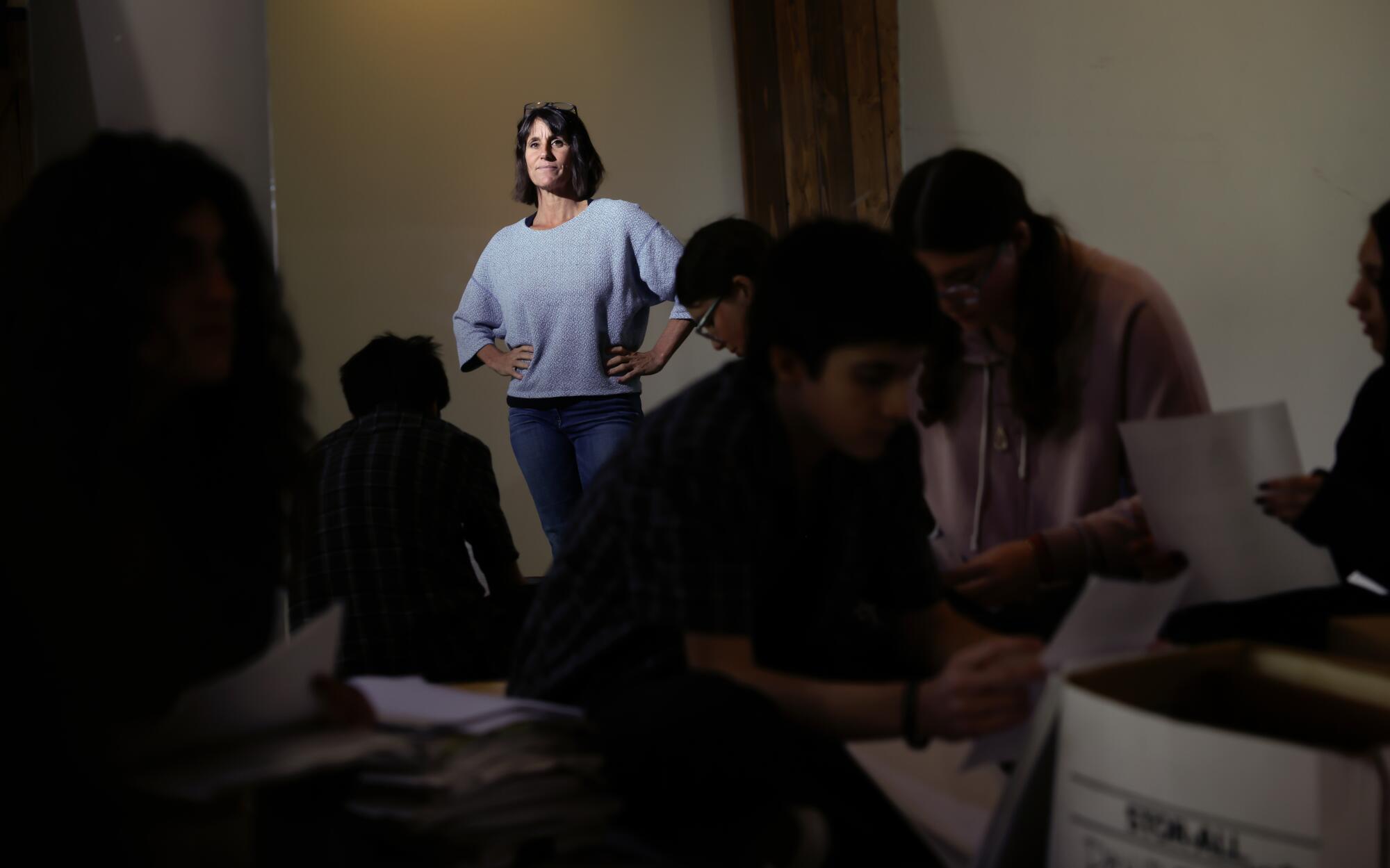
She had eaten three of them and delivered two of her children unassisted, the last, a girl named Koriander, in a Canadian hotel room, because Donald Trump was about to be elected president.
After teaching high school math, she opened an “unschool” in her home in 2018 and named it DITCH School, which stood for “Dare to Innovate and Transcend Cultural Hegemony.” It reflected her belief that authority must be challenged.
“Kids learn what they want, when they want, how they want, and if they want,” she said. The approximately 50 students included Olympic athletes, entrepreneurs or actors with busy schedules; others had mental health challenges or were in recovery from addiction; others just hated traditional school.
By combing educational laws and policies for loopholes — “hacks,” she called them — she had developed a program that allowed students to enroll in community college while still in elementary and middle school and then transfer to universities as young teens. Her oldest son started UC Berkeley at 14.
When Eggers asked her to look into Coleman’s case, she was thrilled.
At Corcoran, Coleman had not expected to be passed off to a teacher with no legal experience, but he decided to be optimistic.
What choice did he really have?
The visitor line formed early and moved slowly at Men’s Central Jail in downtown L.A.
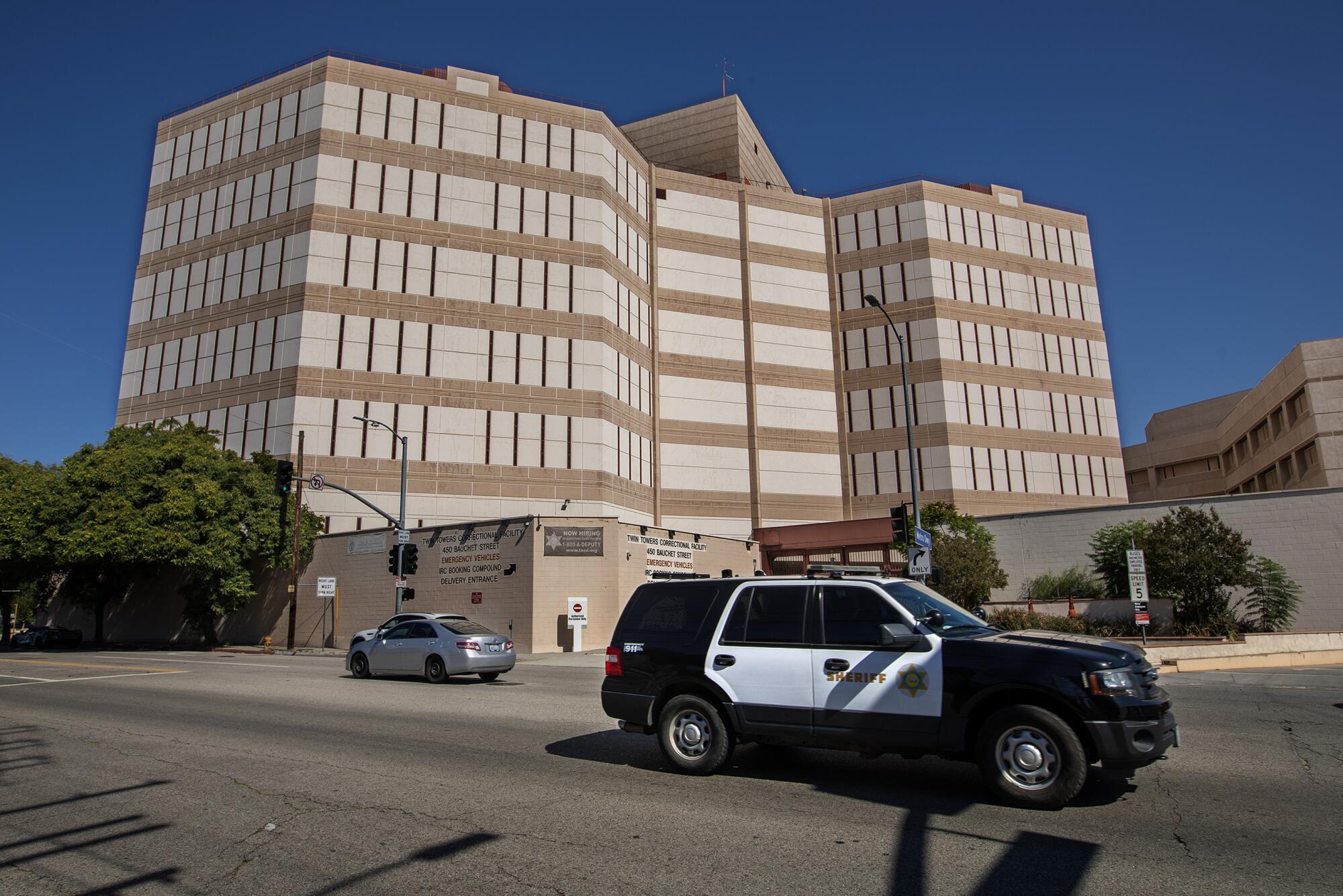
Deandre Coleman often waited there for hours with other relatives, including a baby.
Medina was four months pregnant when Jofama Coleman was arrested. In letters back and forth from jail, they discussed names. Jocelyne Anicia Coleman was born in 2004 as her father awaited trial. By the time a jury found him guilty in 2006, she was walking.
In the jail’s cramped visitor booths, Coleman’s family would hold Jocelyne up to the plexiglass to see her father and put the telephone to her small ear to hear his voice. The visits lasted about 15 minutes.
The sadness, Deandre Coleman recalled, “was overwhelming.”
Jofama Coleman was one of eight children raised by a single mother in a South L.A. neighborhood officially called Westmont but sometimes known as Death Alley. Awash in gangs and poverty, the area around Vermont Avenue north of Imperial Boulevard has historically been one of the deadliest places in Los Angeles County.
Coleman’s home life was difficult. One of his mother’s boyfriends beat her in front of her children and hit Coleman and his brother for small infractions, such as chewing food too loudly. Another boyfriend was an addict who sold Coleman’s stereo — which he had saved up wages from a fast food job to buy — to purchase drugs.
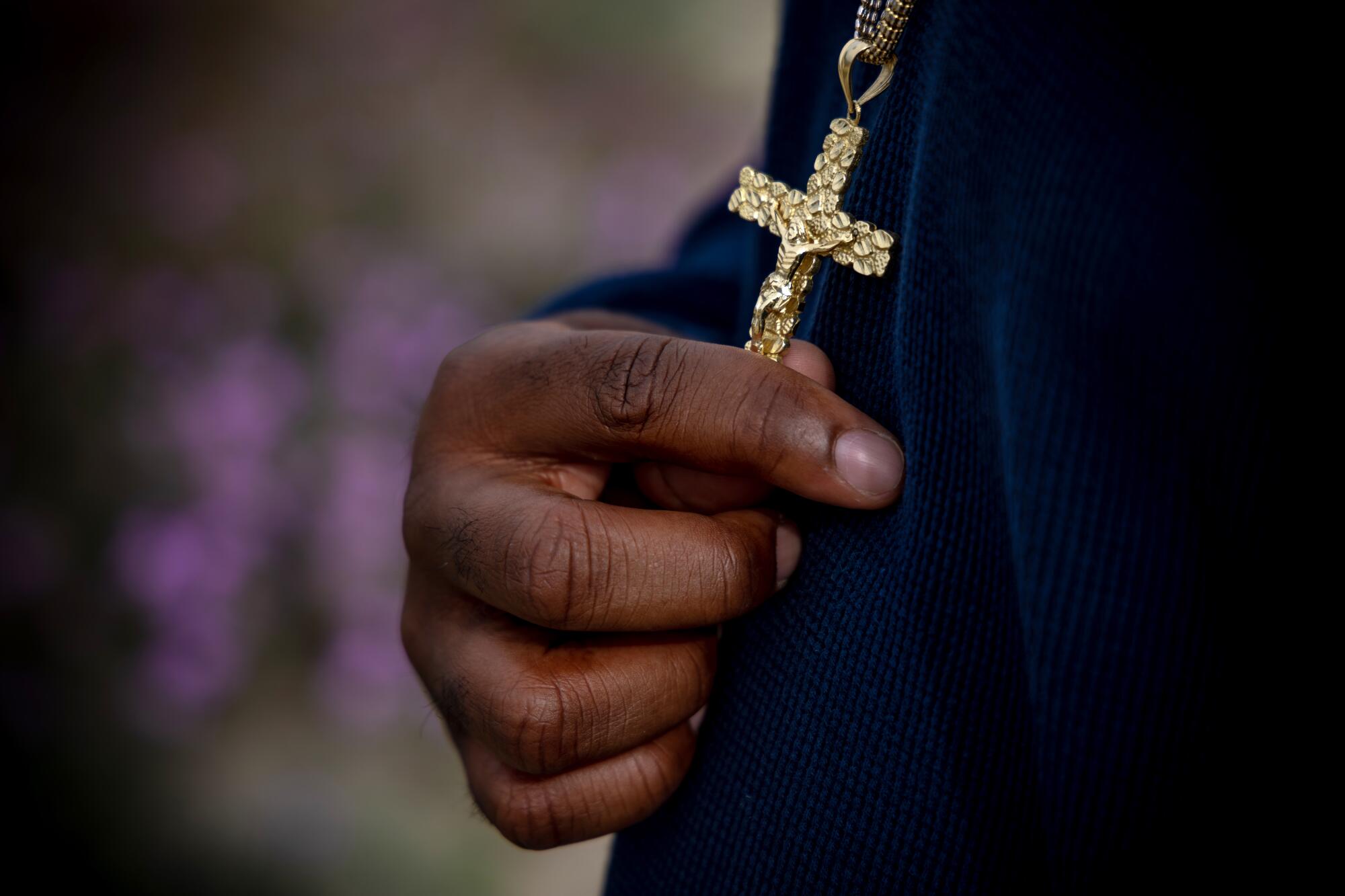
In high school, Coleman joined a tagging crew that functioned as a junior varsity gang, later testifying, “I felt I needed protection.”
The crew graffitied walls, threw parties and got in fistfights with rivals. Coleman sometimes carried guns that belonged to friends. He participated in a group attack on a man whose injuries required seven stitches, leading to an assault conviction in 2002.
As he left his teenage years, Coleman’s attention shifted. He got a job at United Rentals, rising from cleaning equipment on the yard to coordinating sales for the front office. He worked a lot and, in his downtime, hung out with Medina. At 20, he was looking forward to getting his own place and having a family.
The day of the drive-by murder was just another Saturday in this new adult life, he later said. He picked up food from Jack in the Box, tooled around in his Camry with Medina and rented some movies. He said, “I was in a good place.”
Coleman stepped off a prison bus at Corcoran in 2008 with a sentence of 25 years to life. Inmates had access to various self-help programs — educational, substance abuse, anti-gang, anger management — that might improve their chances of parole years or decades down the line.
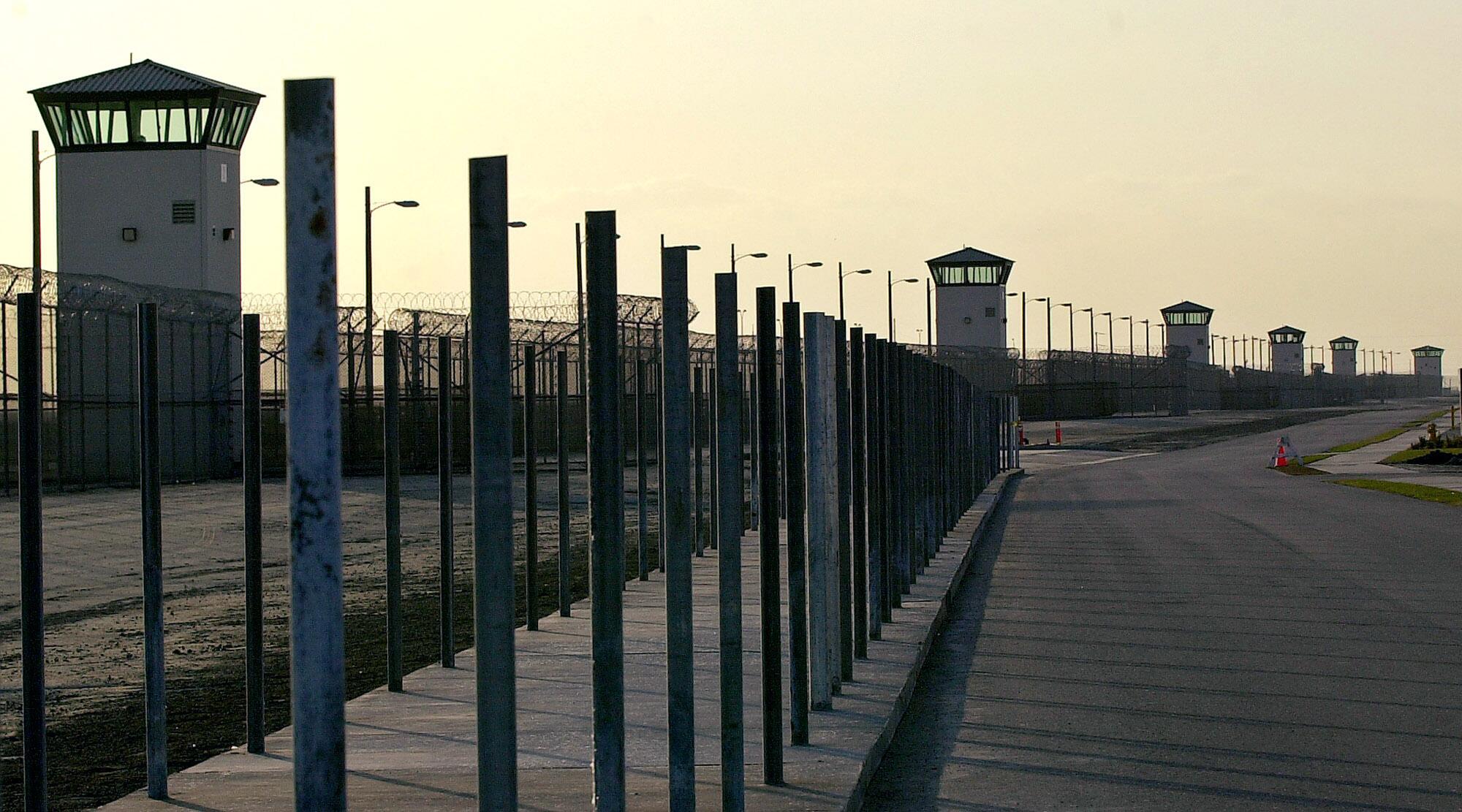
Coleman rejected them all.
“I’m in here for a crime I didn’t commit, and I need to fight to prove it,” he recalled thinking.
He got a job in the law library and began learning from other inmates and legal textbooks. His clearest path seemed to be shoring up his alibi. For at least part of the night of the murder, he had been inside the Blockbuster Video on Western Avenue with Medina.
There was store surveillance video, but when a prosecutor tried to play it at Coleman’s trial, it appeared scrambled. Jurors were left to rely instead on testimony from a sheriff’s detective who had reviewed the recording at Blockbuster.
He told the jury that the cameras didn’t capture Coleman entering the store and showed him inside for less than five minutes, leaving with three movies at 9:38 p.m. That was about 40 minutes after the crime. Because the scene of the shooting was a five- to seven-minute car ride away, jurors heard, Coleman had plenty of time to carry it off, change vehicles, pick up Medina and drive to Blockbuster.
The rapid switch from drive-by to date night was by criminal design, the prosecutor told jurors. Coleman needed an alibi and probably didn’t realize the store had cameras. That he appeared to have raced through his purchases was telling, the prosecutor said. “You ask yourself, when was the last time you were able to go to Blockbuster and pick out three movies in five minutes.”
The low-budget gangster releases he chose, including one called “Love and a Bullet,” showed “where his mind-set was at that point,” she said.
In the law library, Coleman found a reference to forensic video analysis. He located an expert in Orange County and got a cousin to foot the bill. The expert separated the surveillance feeds and sent a disc to Coleman in 2009.
When he pressed play on a DVD player borrowed from a prison classroom, the interior of the Blockbuster sprang to life. There had been four cameras, not one. The angles had been mashed together because the prosecutor had used a regular VHS player instead of a machine for screening multiple views.
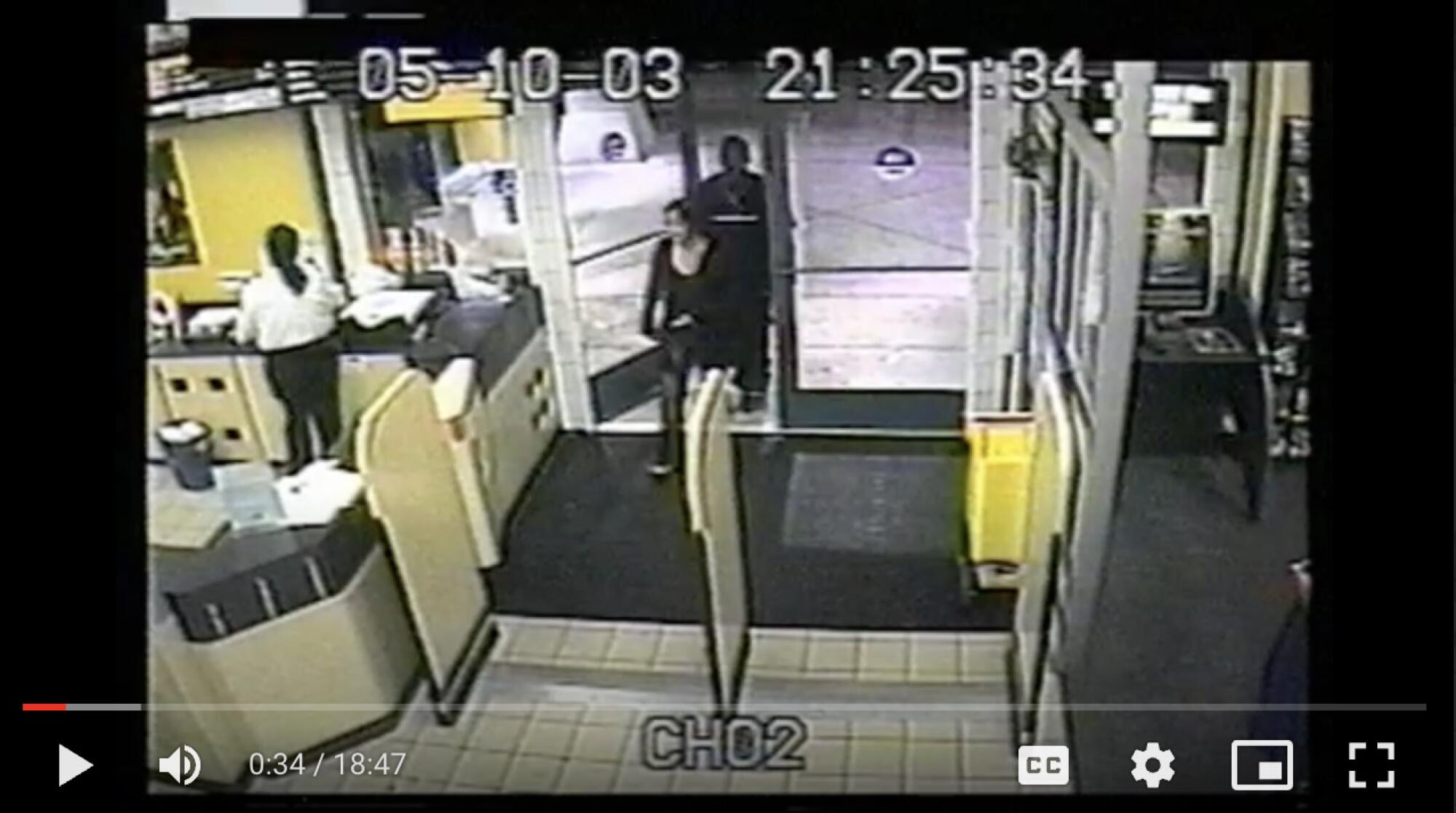
Now Coleman could clearly see the customers from that night browsing the shelves, lining up at the register, coming and going. He watched himself from six years earlier, striding through the front door, Medina at his side.
The time stamp read 9:25 p.m.
Coleman cursed under his breath.
Twenty-five minutes after the shooting was not the automatic get-out-of-jail-free card he had hoped. Still, he thought, it might be grounds for a new trial.
He spent the next year drafting and redrafting a writ of habeas corpus, the last-ditch attempt of a prisoner who has exhausted his appeals to overturn his conviction. Coleman had only a GED diploma and had never been a standout student. But with his future at stake, he learned quickly. He plowed through complicated case law, learned to cite precedent and picked up the measured, confident writing style of an appellate lawyer.
“Petitioner contends that the twenty five (25) minutes window of opportunity could have been broken down tremendously, creating a serious degree of reasonable doubt in the minds of the jury,” he wrote in a filing that ran more than 300 pages.
Habeas work is notoriously hard. Even veteran post-conviction lawyers struggle to get their cases heard in court. But in 2011, a federal magistrate judge read the petition Coleman had written on a typewriter in his cell and granted him an evidentiary hearing.
“Many experienced attorneys could not achieve what you achieved,” one lawyer told him.
At the hearing, the magistrate listened to a video expert as well as additional testimony suggesting the route from the crime scene to Blockbuster was longer than previously accepted.
But in the end, the court denied Coleman’s petition. Even accepting his interpretation of the new evidence, the magistrate told him, he still could have gotten to the Blockbuster parking lot with three minutes to spare.
By the time Dirschel entered his life in 2021, Coleman had spent years trying to get his hands on a complete copy of the so-called murder book, the case file investigators build while working a homicide.
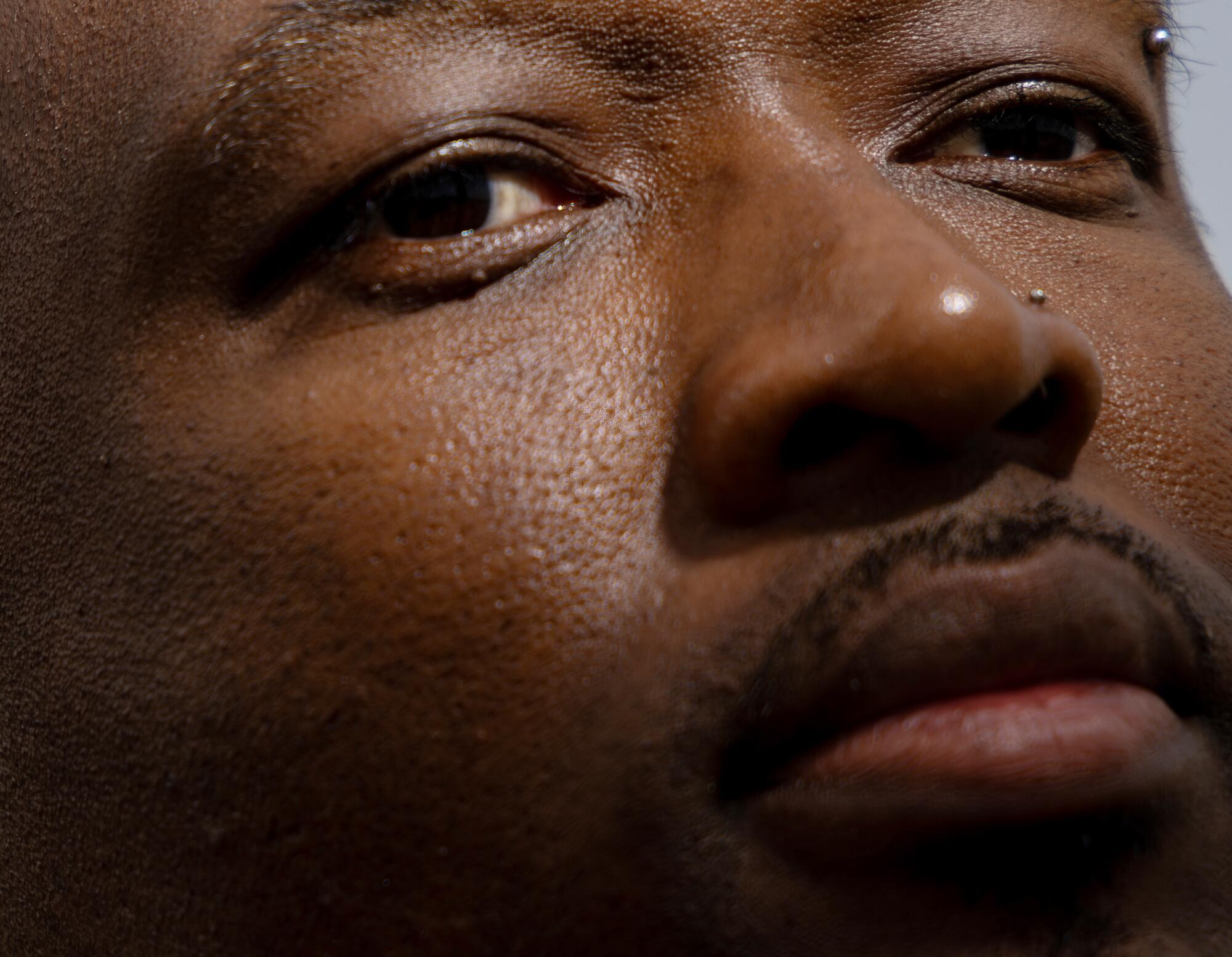
The L.A. County district attorney’s office had given the court-appointed lawyer who represented him at his trial some investigative files as part of the discovery process, but that lawyer no longer represented Coleman and had stopped responding to his calls and letters. (The lawyer was subsequently disbarred.)
He tried to get a court order for the district attorney to turn over the material, but a judge in L.A. refused. Coleman was certain the law was on his side, and he kept appealing all the way to the state Supreme Court. The justices sided with him.
Actually getting the documents required a hearing in L.A., and because Coleman did not have a lawyer, Dirschel went. She was supposed to just collect the records, but she had read up on his case. As the proceedings got underway, she started addressing the judge the way a lawyer would.
Coleman, she said, was actually entitled to two murder books: His and that of a second man, Abel Soto. A year after a jury convicted Coleman as the wheelman in the drive-by shooting, a different jury convicted Soto of being the shooter.
The judge might have been taken aback at a document “runner” arguing legal points in his courtroom, but it would not have surprised anyone who knew Dirschel. Though she didn’t look intimidating at 5 feet tall with a messy bob and a huge smile, she was a bulldozer who would push and push and push, in the sweetest of voices, to get her way.
Just give her both files, the judge finally told the district attorney.
Coleman, who knew something about persistence, was impressed.
“She finds ways to get answers,” he said.
Eggers, the exoneration attorney, was still swamped with her other cases. She told Dirschel that the best way to help Coleman was to take careful notes on the murder books, trial transcripts and other records and produce a very detailed memo that a lawyer might rely on at some later date.
Dirschel took a different tack.
“I read it the way I would read a novel,” she said. The police reports became her bedtime reading and the interrogation recordings like riveting podcasts.
The records laid out the murder of 16-year-old Jose “Chino” Robles on May 10, 2003. It was Mexican Mother’s Day, and his family was hosting a barbecue at their 101st Street home.
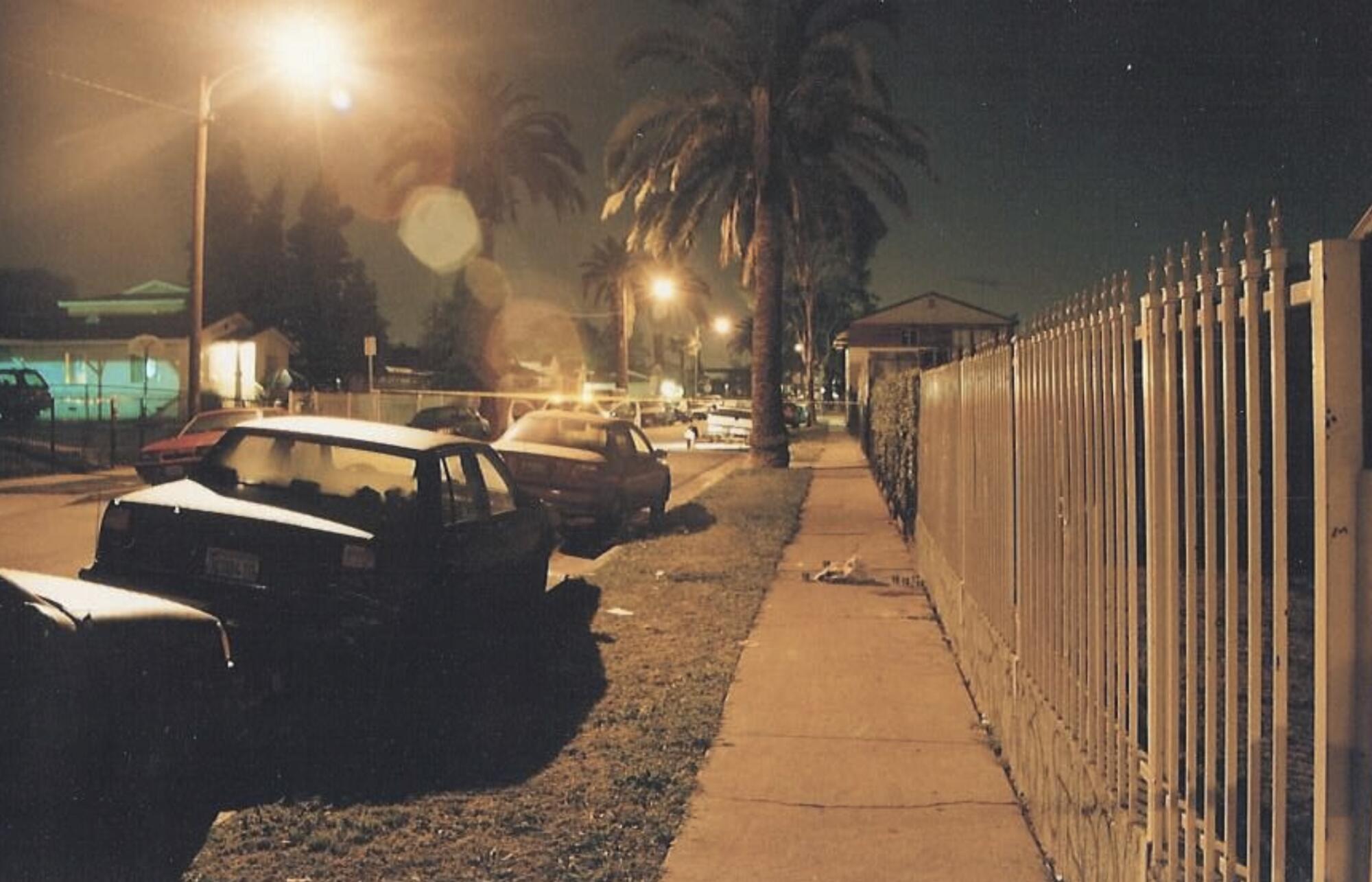
About 9 p.m., a white van with wood paneling turned onto the street. Someone inside fired a semiautomatic gun twice at Chino, who was on the sidewalk. Struck, he clung to a fence for support. A man then exited the van’s passenger side, trained a handgun on the teen and unloaded 15 rounds. The gunman got back in the van and the driver sped away.
Homicide detectives began working the case immediately but never found the gun or connected either Coleman or Soto to a van. The cases against both suspects rested on eyewitness testimony.
Chino’s younger brother, Jesse, then 15, had identified Coleman as the driver of the van. Subsequently others on the block at the time of the shooting also pointed the finger at Coleman.
The purported motive was payback for a confrontation earlier that day between Chino and Coleman’s 15-year-old brother, Jeremy. A group of neighborhood teens had hassled Jeremy as he walked to visit his girlfriend. He told Jofama that one of them, Chino, had struck him in the arm with a baseball bat.
Coleman was dubious — his brother’s arm looked fine — but he drove his Camry to the scene of the encounter. He later testified that when he spotted a group of teens, he shouted from the driver’s seat, “Which one of you was trying to fight my brother?” Getting no response, Coleman drove away. Just don’t walk down that block anymore, he said he told his brother.
To Dirschel, it was obvious she needed to speak with Jesse Robles. Coleman had heard years earlier that Robles had regrets about his testimony, but Coleman was unable to nail it down from prison.
Having fallen into a life of crime after his brother’s death, Robles was incarcerated in Blythe, near the Arizona border.
“We can get to him,” Dirschel told Eggers, whom she wanted to accompany her. The lawyer was skeptical. Why would the victim’s brother have anything helpful to say? Dirschel kept nagging.
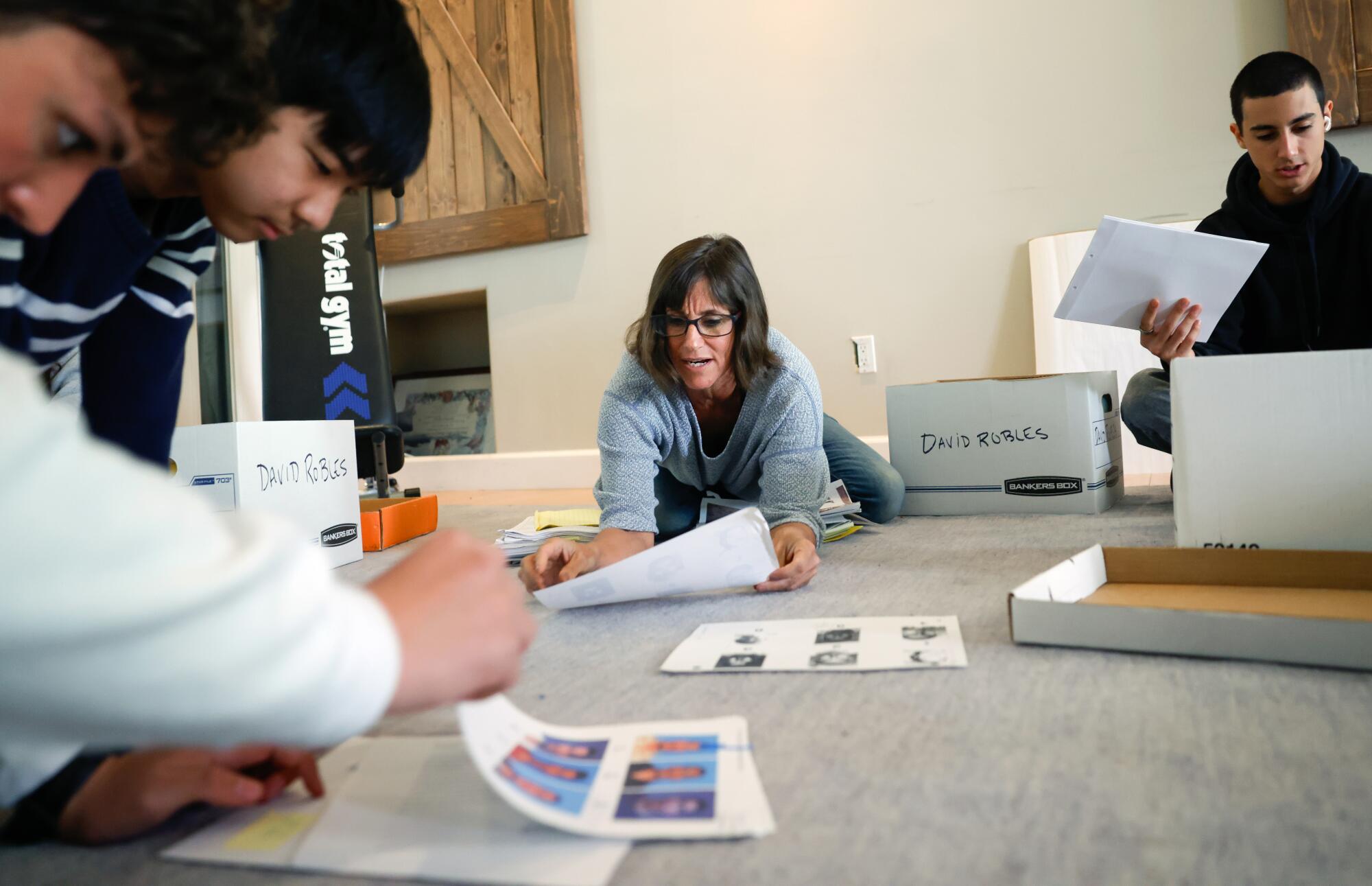
“Think of it as a girls’ trip,” she said at one point. “It’ll be fun.”
Eggers relented, and they soon found themselves at Chuckawalla Valley State Prison sitting across from the man who had sealed Coleman’s fate. Now 34, he listened as they explained the purpose of their visit.
“I was waiting for someone to come speak to me again,” Robles recalled telling them. “What took you so long?”
What really happened, he later explained, was that another teen had speculated to him that Coleman was involved in the murder because of the earlier confrontation between Chino and his brother.
“I, like, ran with it and told everyone it was Jofama,” he said. Before long his father heard and brought the detectives to him, saying, “Tell them what you saw.”
Afraid to disappoint his already traumatized family, he said he had seen Coleman behind the wheel. In the following months, he watched as others in his circle adopted and enhanced his account.
“They started saying, ‘Yeah, it was Jofama and it was Abel Soto,’” he said. The truth was, it was dark, and he couldn’t see the driver or the shooter.
As the women across the table sat shocked, Robles picked up a pen and piece of paper and started writing a complete recantation of his testimony.
Coleman and Dirschel burned up the phone lines between Topanga and Corcoran discussing developments. Between calls, electronic sticky notes that began, “Ask Jofama,” accumulated on her computer desktop.
“Is Abel innocent too?” was one question.
Though Coleman and Soto belonged to tagging crews in the same neighborhood, they had never been close. Coleman was five years older, an almost generational divide to a 15-year-old, as Soto was at the time of the murder.
Detectives had interrogated Soto four times, including once when three detectives went at the teenager for an hour and a half. He never wavered on his innocence, even when they told him, falsely, that they’d found his DNA at the crime scene and that Coleman had ratted him out.
“I’m not the type of person who would go out and shoot somebody,” he said. His older brother, Juan Ramon, had been murdered in 2000, and he insisted he would never cause that pain to some other family, telling a detective, “I can’t have another lady feeling the same thing that my mom felt.”
The first jury to hear the evidence hung. The second convicted him of murder. The sentence was 72 years and eight months to life in prison. He was 20.
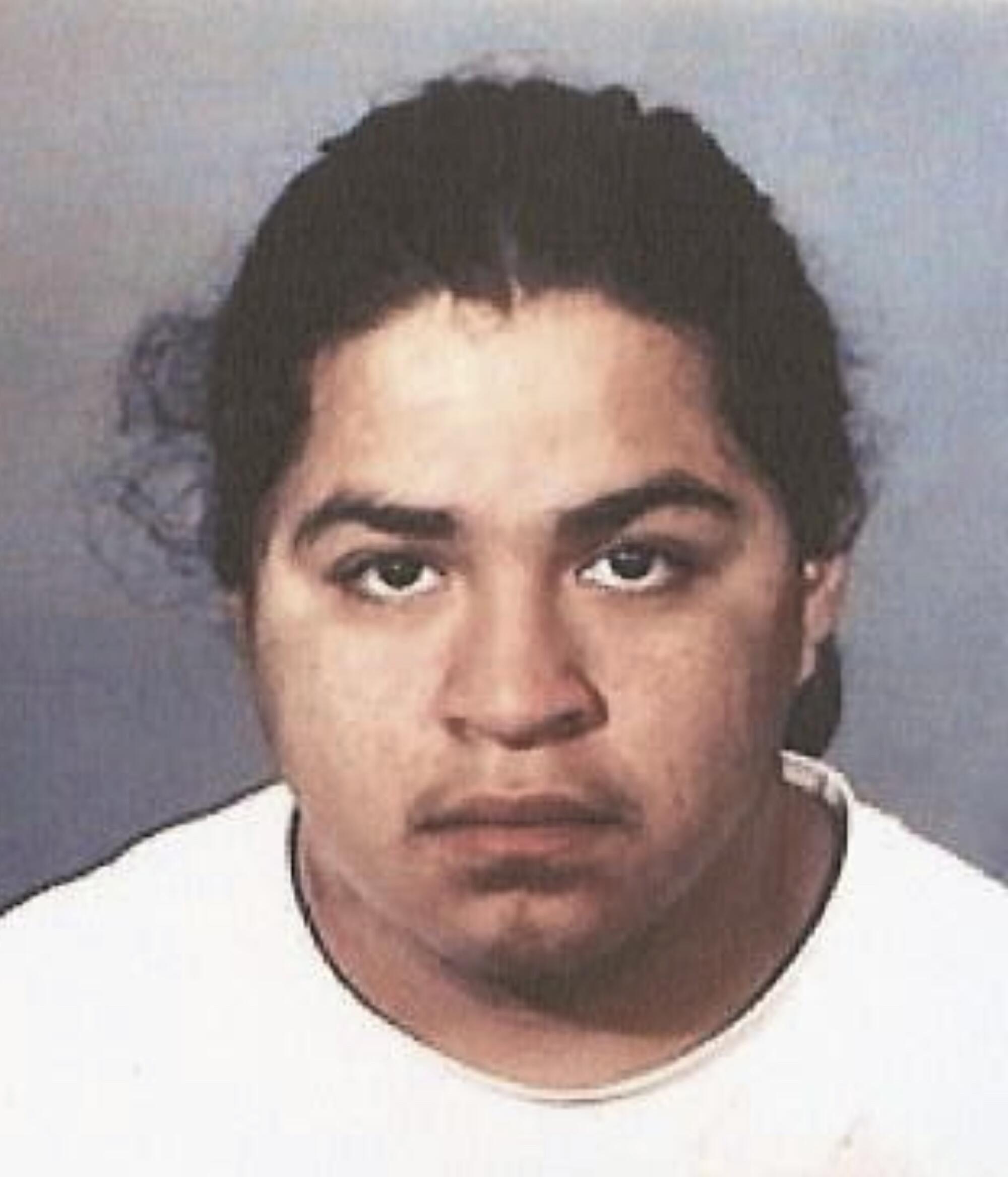
Soto ended up at the prison in Susanville in the remote northeastern corner of the state. While Coleman toiled away in the Corcoran law library, Soto often was unable to leave his cell. Entire units were put on 23-hour-a-day lockdowns to punish the misconduct of one person. Soto recalled one lockdown that stretched 26 months.
“When things are quiet, you can get stuck in your head. Thinking about everything. If things were different, if this, that and the other,” he said. Eventually, he said, it can drive a person crazy.
The case against Soto had turned on a single witness: a 15-year-old friend of Chino’s who said he saw Soto as he got back in the van.
As Dirschel read the murder book, the identification seemed a lot shakier. The teenager was standing 216 feet away from the shooting — about two-thirds the length of a football field. Immediately afterward, he told one officer that the killer looked like a Latino man who belonged to the Mexican Kicking Ass gang. Later at the sheriff’s station, he reported that the shooter was a Black man who looked like “Willy” from the Dog Pound Gangsters.
Ten months later, the teen named Soto as the shooter. But when asked to pick him out of a photo lineup, he couldn’t. Two more years passed before the detectives circled back again, this time with a lineup that included a different photo of Soto. That’s him, the teen said, pointing to Soto. The following year, he confidently identified Soto from the witness box at trial.
It was a tortured path for sure, but in the end, the teen said he was certain, and the jury accepted his word. It might have been a dead end. But then in the spring of 2022, a former student of Dirschel’s signed up for a UC San Diego course titled “Memory and Amnesia.”
John Wixted, a psychology professor, lectured one day about a new analysis he had done of witness identifications. The research, which he and some colleagues had published in a scholarly journal a year earlier, showed that witnesses’ memories could be contaminated if they were shown a suspect’s picture more than one time.

Each face in a photo lineup created a tiny memory in the witness’ brain. If shown the same person in a later lineup, the picture might seem familiar even if the person had nothing to do with the crime.
“Test a witness’s memory for a given suspect only once,” Wixted summarized. “It’s really important to listen to what they say on that first test.”
Given the implications for Soto, the lecture “sort of seemed like fate,” said Sonny Ryder, Dirschel’s former student. Wixted agreed to review the evidence and concluded in a report that the teenager’s identification was worthless.
From the start, Dirschel wanted to reach out to the homicide detectives who worked the case. Coleman thought it pointless. Why would the men who put him behind bars want to help?
Eggers, with her decades of defense work, was more blunt: “They don’t like us. And it’s mutual.”
Dirschel was not deterred. She focused on lead detective Mark Lillienfeld, who had left the case before it concluded. Googling, she learned that Lillienfeld was still with the Sheriff’s Department.
Then-Sheriff Alex Villanueva had called Lillienfeld out of retirement after his 2018 election to work on a new task force the sheriff said would root out public corruption. Villanueva’s critics derided it as a thinly veiled way to target political enemies.
One story Dirschel read described an incident in which Lillienfeld dressed as a jail deputy to try to sneak contraband fast food to an inmate informant.
“He’s a little bit rogue,” she thought. “Maybe he’ll talk to me.”
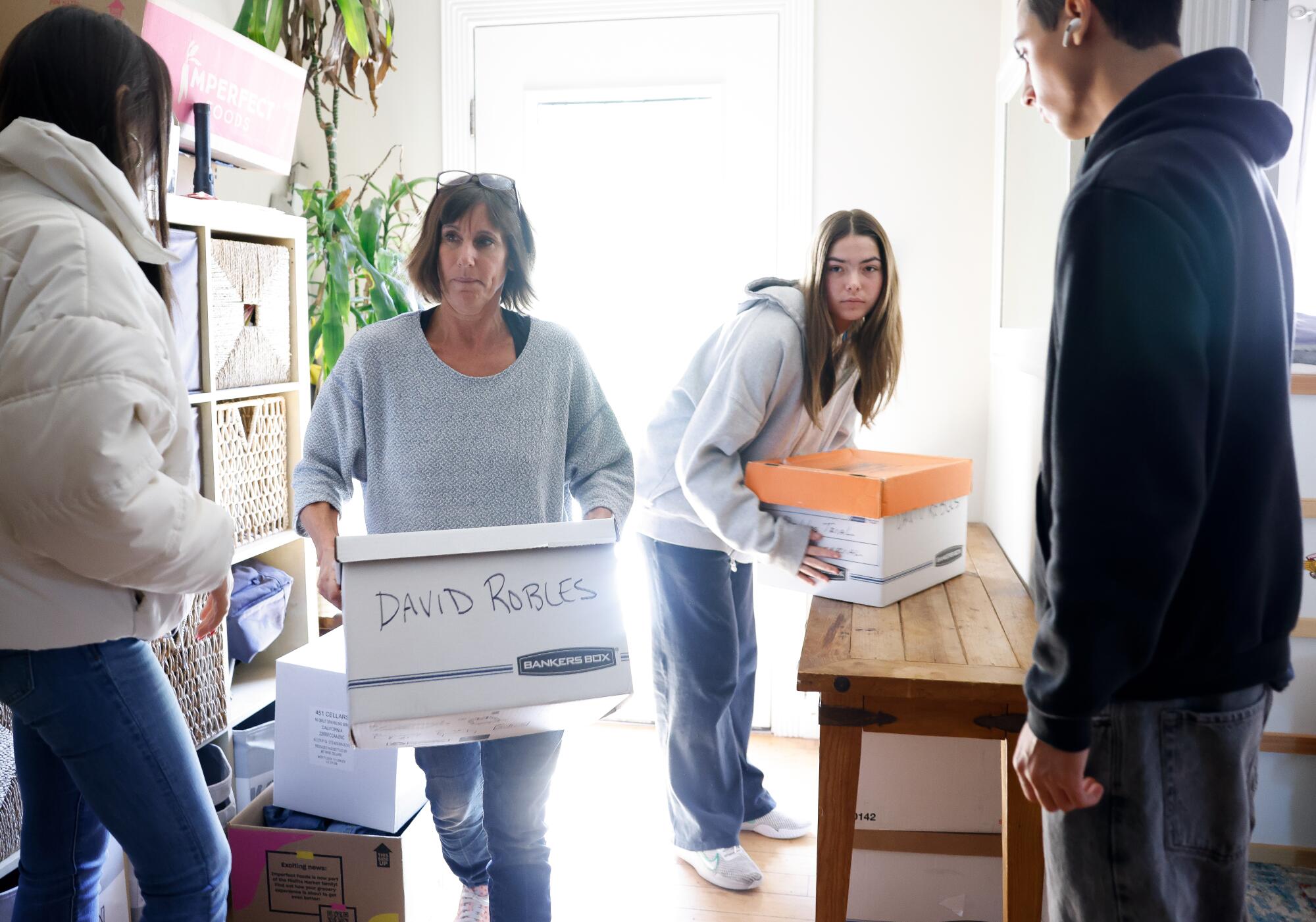
Dirschel found Lillienfeld’s email address online and introduced herself as a teacher whose students were studying wrongful convictions. They would love to hear from a real homicide detective, she told him. Is there any way you would consider a presentation?
Lillienfeld bit. When he showed up at the address she provided in October 2022, he seemed confused.
Inside, a group of tweens and teens from DITCH School, who really were taking a criminal justice course, assembled on living room couches. Whatever his misgivings, Lillienfeld proceeded with a PowerPoint presentation.
At the conclusion, Dirschel told him, “I have a confession to make. I brought you here kind of under false pretenses.”
She explained that she was reinvestigating Chino’s murder and thought detectives had arrested the wrong men. Will you help? she asked.
Lillienfeld agreed. It is unclear why. He declined an interview request from The Times.
Lillienfeld had overseen Coleman’s arrest and interrogated Soto. Standing in Dirschel’s living room, he told her he had no reason to doubt their guilt.
She brushed off his skepticism and used him as an ad hoc police expert. In texts and phone calls, she peppered him with questions about the mechanics of investigations and kept him abreast of new developments. He started calling her “lambchop” and confiding in her about the politics of the Sheriff’s Department.
His boss, Villanueva, was up for reelection that fall and losing badly in the polls. Knowing his own days at the Sheriff’s Department might be numbered, Lillienfeld reached out to Dirschel, she recalled.
If you want to see the complete homicide file, he told her, now is the time.
They met at the sheriff’s Homicide Bureau in Monterey Park. Without speaking to any of the detectives, he ushered Dirschel into a conference room and returned with a box.
Much of the material inside was in the murder books, but there were internal memos between detectives that she had not seen. One was a 2004 email written to Lillienfeld by a junior detective dealing with the teenage witness who claimed Soto was the shooter.
“Problem,” he told his boss. The witness “knows the suspect, went to school with him … but could not make the six pack ID.”
Lillienfeld told Dirschel not to photograph the letter with her phone, as she had with other documents, but he permitted her to copy the words down in a notebook. And he noted how little the box of evidence weighed, Dirschel said, remarking, “There’s no way they got two convictions out of just this.”
“That’s what I’ve been telling you,” she replied.
Lillienfeld had said something early on, Dirschel said, that stayed with her. The only way you can really clear these guys, he told her, is to prove who actually did it.
The murder books showed the detectives had other leads. There was a rumor about a person in the neighborhood who supposedly knew the identity of the shooter. Detectives had only a gang nickname to go on and were not able to find the potential witness despite much effort.
(The Times is not identifying the person out of safety concerns raised by the district attorney’s office.)
Dirschel was rereading investigators’ records one morning when she stumbled across notes from a brief interview with someone whose name bore a similarity to the gang moniker. Dirschel let out a shout. The police had talked to the person they were searching for. They just didn’t know it.
With a few Google searches, Dirschel located the person living outside Los Angeles. She wanted to call immediately, but Eggers was wary. Such an important witness should be approached in person, ideally by a trained investigator. They did not have money for travel or an investigator.
Ultimately, Coleman made the decision. Dirschel placed the call on Dec. 24, 2022, figuring, “If someone wants to do the right thing, even a little bit, Christmas Eve is the time to do it.”
When the person answered, she began, “Hi, my name is Jessica. This is going to sound really weird.”
Dirschel explained that she was looking for information about a murder that had occurred many years ago in L.A.
“The one on Mother’s Day?” the person asked.
Yes, Dirschel said. There are two people in prison who might be innocent.
The person said they weren’t alone and would have to call back the next day.
But there was no call on Christmas, and two texts Dirschel sent the day after that went unanswered. Finally on Dec. 27, the person phoned Dirschel and explained that they had needed time to pray for guidance.
“The story had been weighing on me for many years,” the person wrote later in a sworn declaration. At one point, they had even called the police but couldn’t reach the right person and gave up. Now, the person said, “I decided that God wanted me to come forward with the truth.”
The truth, the person told Dirschel, was that a gang member had confessed that he had shot and killed Chino. The person repeated the account on a call with Eggers and later in two recorded interviews with Lillienfeld.
“Two innocent people should not have to be in prison,” the person said.
Coleman had taught himself not to get his hopes up, but in Corcoran last year — his 19th behind bars — it was becoming increasingly hard. Eggers, who had agreed to take his and Soto’s cases, had reached out to the district attorney’s office. A team that reexamined convictions was willing to meet.
In the living room where Dirschel had charmed Lillienfeld, she and Eggers rehearsed a clear, matter-of-fact presentation. Her husband and Eggers’ sister stood in for prosecutors. When they finally met with a deputy district attorney and an investigator downtown, Eggers introduced Dirschel as “a teacher friend who has been helping me.”
The meeting seemed to go well, but the district attorney’s office wanted to conduct its own investigation, meaning more waiting. Coleman came up for a parole hearing in July. Victims’ families can make a statement, and Jesse Robles attended.
“We all miss my brother,” he began. He went on to say he was “deeply ashamed” of having falsely accused someone. “I apologize to you, Mr. Coleman, for what I did.”
As he awaited a decision, Coleman allowed himself to start planning for a life outside prison. He had ended up taking college classes inside, and Dirschel helped him fill out transfer applications with the help of her students.
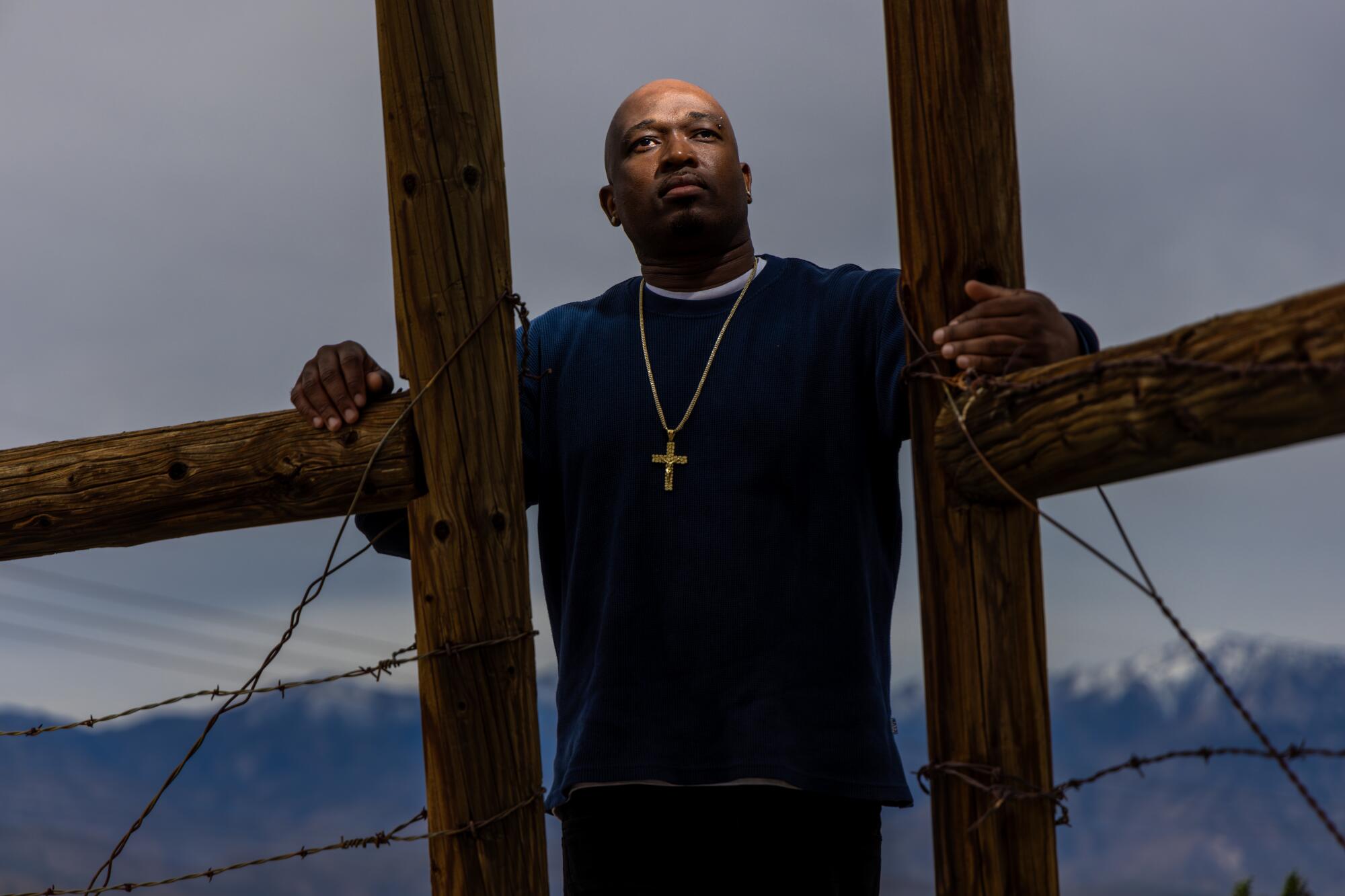
He was paroled in January, just in time to start the spring semester at UC Riverside as a junior. On campus, he concealed his ankle monitor under jeans and did not share with many classmates his reason for pursuing a pre-law major at age 41. To those close to him, he explained that he hoped to be an attorney focused on exonerations: “What better person to relate to people who are wrongfully incarcerated than me?”
On a gray January day in downtown L.A., Deputy Dist. Atty. Lara Bazán told a Superior Court judge that her office no longer had confidence in Soto’s conviction. The reasons, laid out in a joint letter from the district attorney’s office and Eggers, included much of the evidence turned up by Dirschel — Jesse Robles’ recantation, the UC San Diego professor’s report, the doubts expressed in the memo to Lilienfeld and the witness account of the gang member’s confession.
Bazán asked the judge to vacate Soto’s conviction and declare him factually innocent.
Soto, now 36, watched on a video link from Soledad State Prison. Judge William Ryan granted the request with little fanfare. There were no congratulations or official apology, just a warning that the paperwork would take a few days to go through. The proceeding to undo 17 years of wrongful incarceration took less than five minutes.
Soto gave credit to Coleman, a man he still did not know very well.
“The whole time he has been in there just educating himself and just sticking with it,” Soto said. “I’m out, thanks to him.”
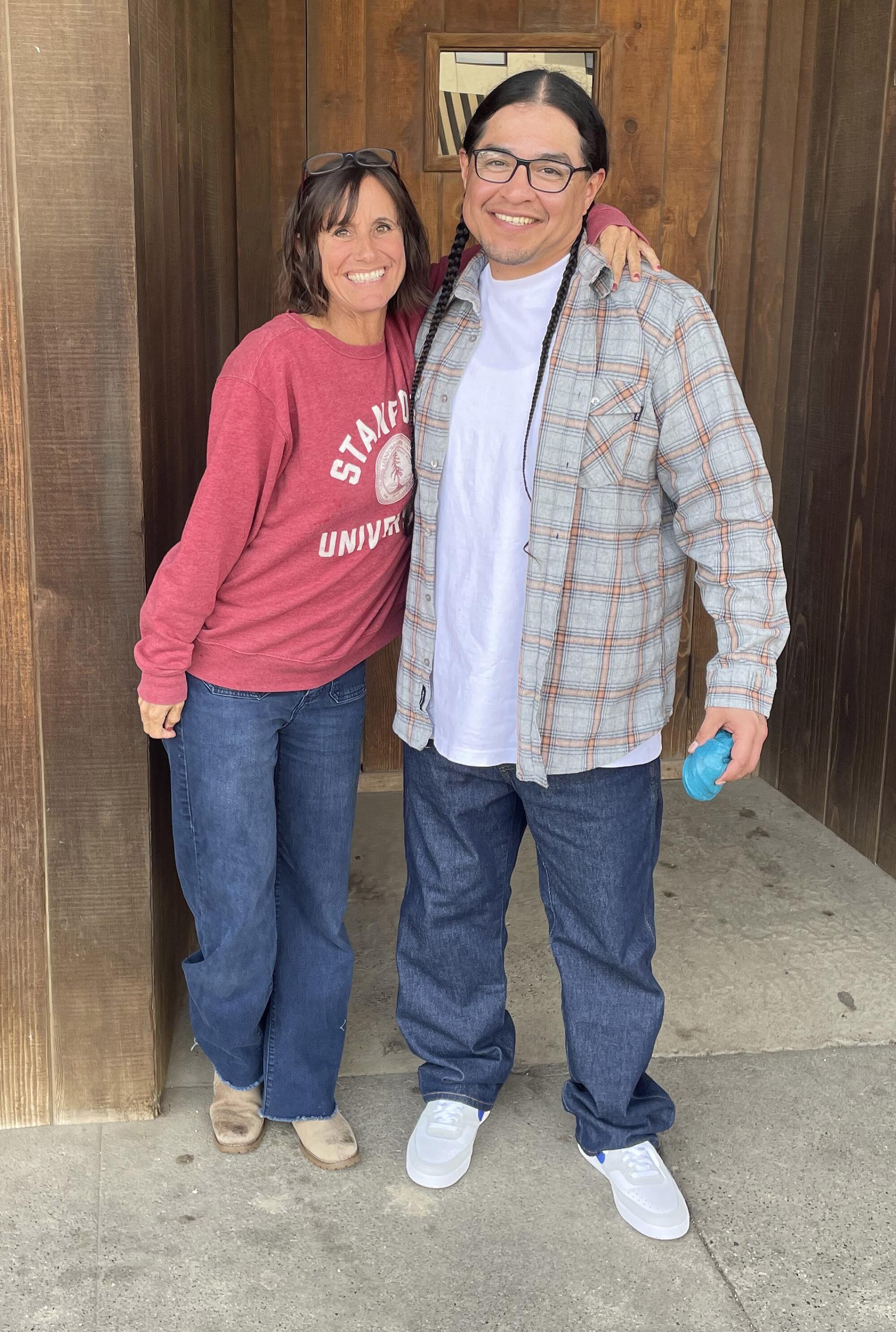
It seems impossible to analyze Dirschel’s success without considering race and class. If she weren’t an educated, middle-aged white lady from west of the 405, how much of this would have happened?
Coleman accepts that it was a factor.
“Whether it’s right or fair, I do think that plays a role,” he said.
When asked about it, Dirschel initially bristled, saying, “I don’t think anybody is like, ‘Oh, she’s white and she lives in Topanga, maybe we should give her our ear.’”
Instead, she said, “People are afraid of me, because I won’t accept an answer that doesn’t make sense, and I will make people’s lives difficult if they keep trying to do that.”
Sort of like a certain type of entitled woman who demands to talk to the manager?
Dirschel laughed.
“I am definitely a Karen,” she said, before correcting herself. Karens, she said, deploy their privilege when they shouldn’t. “I think an innocent person spending 20 years in prison is a time where you should be pushing and holding people accountable.”
She was already working on several new cases.
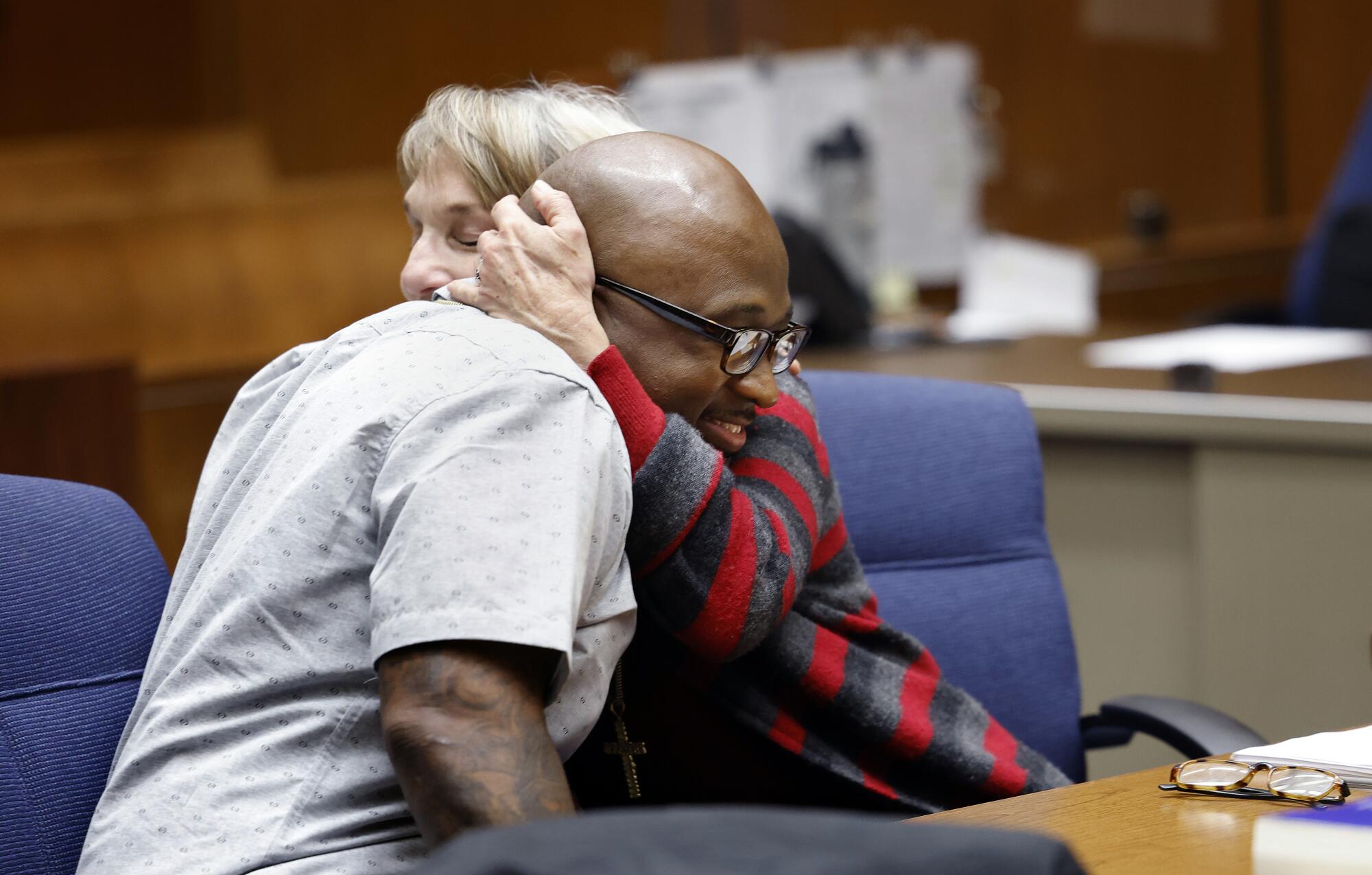
At a Tuesday afternoon hearing, a Superior Court judge made a formal finding that Coleman was factually innocent of Chino Robles’ murder.
“You’ve been granted relief, Mr. Coleman. Good luck,” Judge Ryan told him.
In the courtroom’s front row, Coleman’s daughter, now a 19-year-old college student, and his ex-wife wiped away tears and then applauded heartily along with his brother Deandre, Eggers and Dirschel.
It was a moment, Coleman said, that proved, “The fight is worth it.”
More to Read
Sign up for This Evening's Big Stories
Catch up on the day with the 7 biggest L.A. Times stories in your inbox every weekday evening.
You may occasionally receive promotional content from the Los Angeles Times.











